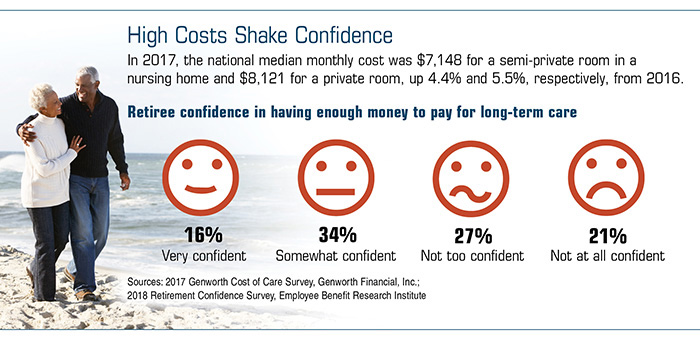The Pacific Prime Statements
The Pacific Prime Statements
Blog Article
The Best Guide To Pacific Prime
Table of ContentsPacific Prime - Truths10 Simple Techniques For Pacific PrimeSome Known Incorrect Statements About Pacific Prime Some Known Details About Pacific Prime Pacific Prime Can Be Fun For Everyone

This is due to the fact that the information were accumulated for a period of solid financial performance. Of the approximated 42 million people that were without insurance, almost concerning 420,000 (about 1 percent) were under 65 years of age, the age at which most Americans come to be eligible for Medicare; 32 million were adults between ages 18 and 65, around 19 percent of all grownups in this age; and 10 million were children under 18 years of age, concerning 13.9 percent of all youngsters (Mills, 2000).
These estimates of the variety of individuals without insurance are generated from the annual March Supplement to the Existing Populace Study (CPS), conducted by the Census Bureau. Unless or else kept in mind, nationwide price quotes of people without medical insurance and proportions of the population with various sort of coverage are based upon the CPS, the most commonly utilized source of quotes of insurance policy protection and uninsurance prices.
Little Known Facts About Pacific Prime.

Still, the CPS is particularly beneficial since it creates yearly price quotes reasonably promptly, reporting the previous year's insurance policy coverage estimates each September, and due to the fact that it is the basis for a regular collection of quotes for more than 20 years, enabling evaluation of trends in protection over time. For these factors, in addition to the comprehensive use of the CPS in various other research studies of insurance protection that are provided in this report, we rely upon CPS quotes, with limitations kept in mind.

The quote of the number of uninsured individuals broadens when a populace's insurance policy standing is tracked for a number of years. Over a three-year duration beginning early in 1993, 72 million individuals, 29 percent of the united state populace, were without coverage for at the very least one month. Within a solitary year (1994 ), 53 million people experienced a minimum of a month without insurance coverage (Bennefield, 1998a)
6 out of every ten without insurance grownups are themselves employed. Although functioning does enhance the possibility that and one's relative will certainly have insurance coverage, it is not an assurance. Also members of family members with two permanent breadwinner have virtually a one-in-ten possibility of being uninsured (9.1 percent without insurance price) (Hoffman and Pohl, 2000).
The Pacific Prime Ideas
New immigrants make up a considerable percentage of this contact form individuals without health and wellness insurance policy. One analysis has associated a substantial portion of the recent development in the dimension of the united state without insurance population to immigrants who showed up in the nation in between 1994 and 1998 (Camarota and Edwards, 2000). Current immigrants (those who pertained to the USA within the previous four years) do have a high rate of being without insurance (46 percent), yet they and their children represent just 6 percent of those without insurance policy across the country (Holahan et al., 2001).
The relationship between health and wellness insurance policy and accessibility to care is well developed, as recorded later on in this phase. The connection between health insurance policy and wellness results is neither direct nor simple, a considerable professional and health and wellness services research literature web links health insurance protection to better access to care, better top quality, and boosted individual and population health standing.
Levels of analysis for examining the impacts of uninsurance. It concentrates particularly on those without any kind of health and wellness insurance policy for any type of size of time.
An Unbiased View of Pacific Prime
The troubles faced by the underinsured are in some respects similar to those faced by the uninsured, although they are generally less severe. global health insurance. Uninsurance and underinsurance, nonetheless, entail clearly various plan problems, and the techniques for addressing them may vary. Throughout this research and the 5 reports to follow, the main emphasis gets on persons without any health insurance and thus no assistance in spending for healthcare past what is offered with charity and safety internet establishments
Medical insurance is a powerful factor influencing invoice of care due to the fact that both individuals and doctors respond to the out-of-pocket rate of solutions - https://penzu.com/p/79996ae8dade0171. Health insurance, however, is neither required nor sufficient to get to clinical services. The independent and straight impact of health and wellness insurance protection on access to health solutions is well developed.
Others will certainly acquire the healthcare they need also without health insurance, by spending for it out of pocket or seeking it from service providers that provide treatment complimentary or at highly subsidized prices. For still others, medical insurance alone does not guarantee invoice of care as a result of other nonfinancial barriers, such as an absence of health treatment service providers in their area, limited access to transport, illiteracy, or linguistic and social distinctions.
Getting My Pacific Prime To Work
Official study about uninsured populations in the United States dates to the late 1920s and early 1930s when the Committee on the Expense of Treatment generated a series of reports about funding medical professional office check outs and hospital stays. This concern came to be salient as the varieties of clinically indigent climbed up throughout the Great Depression.
Report this page